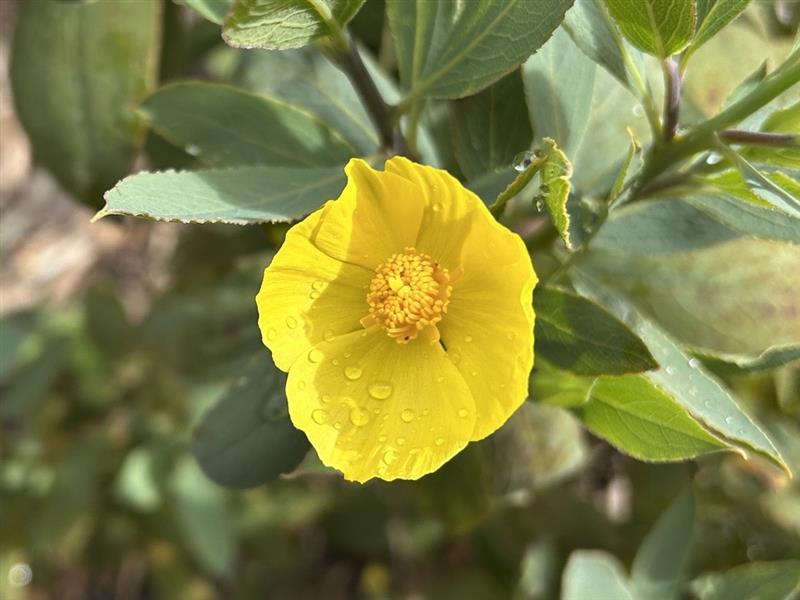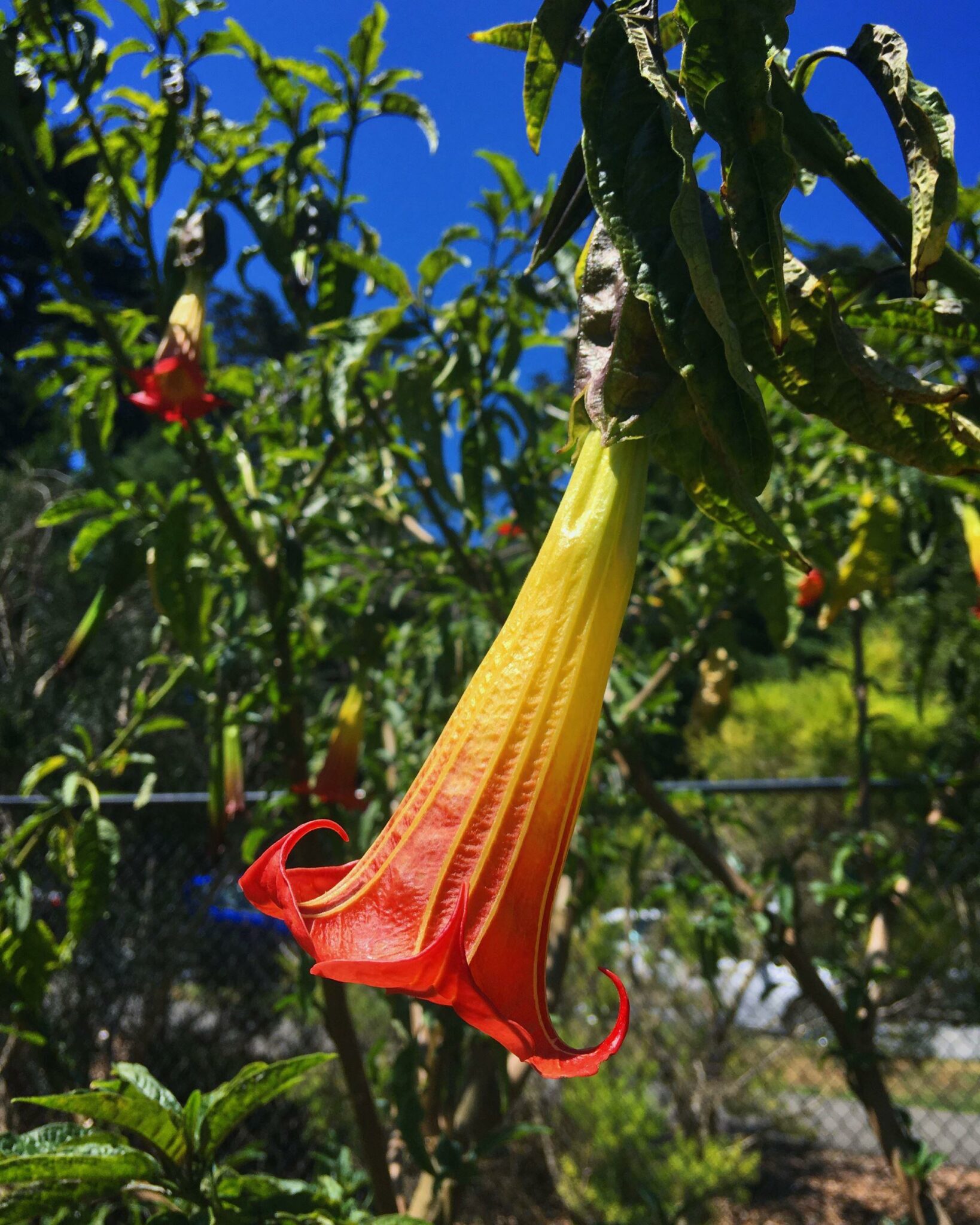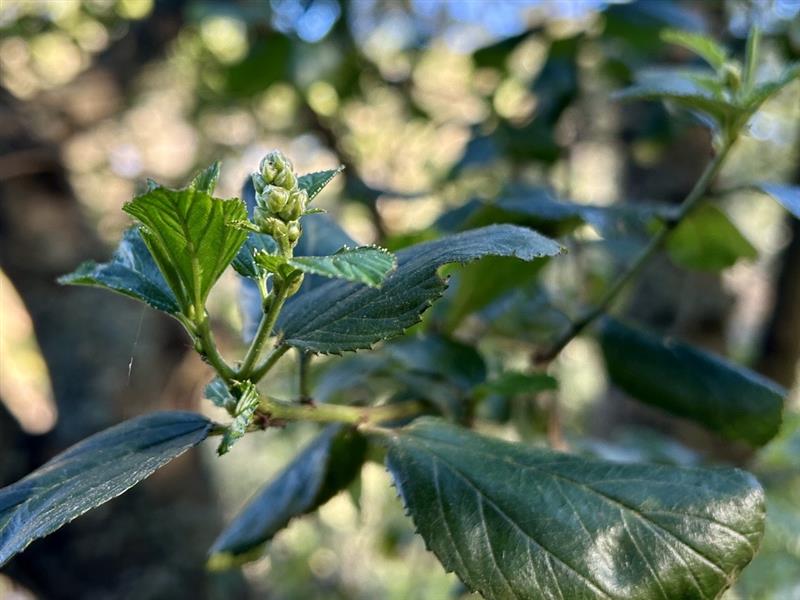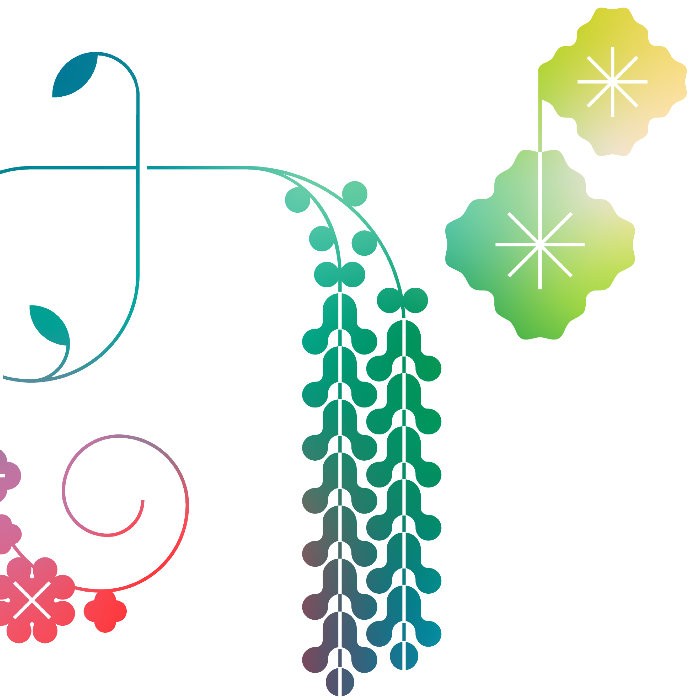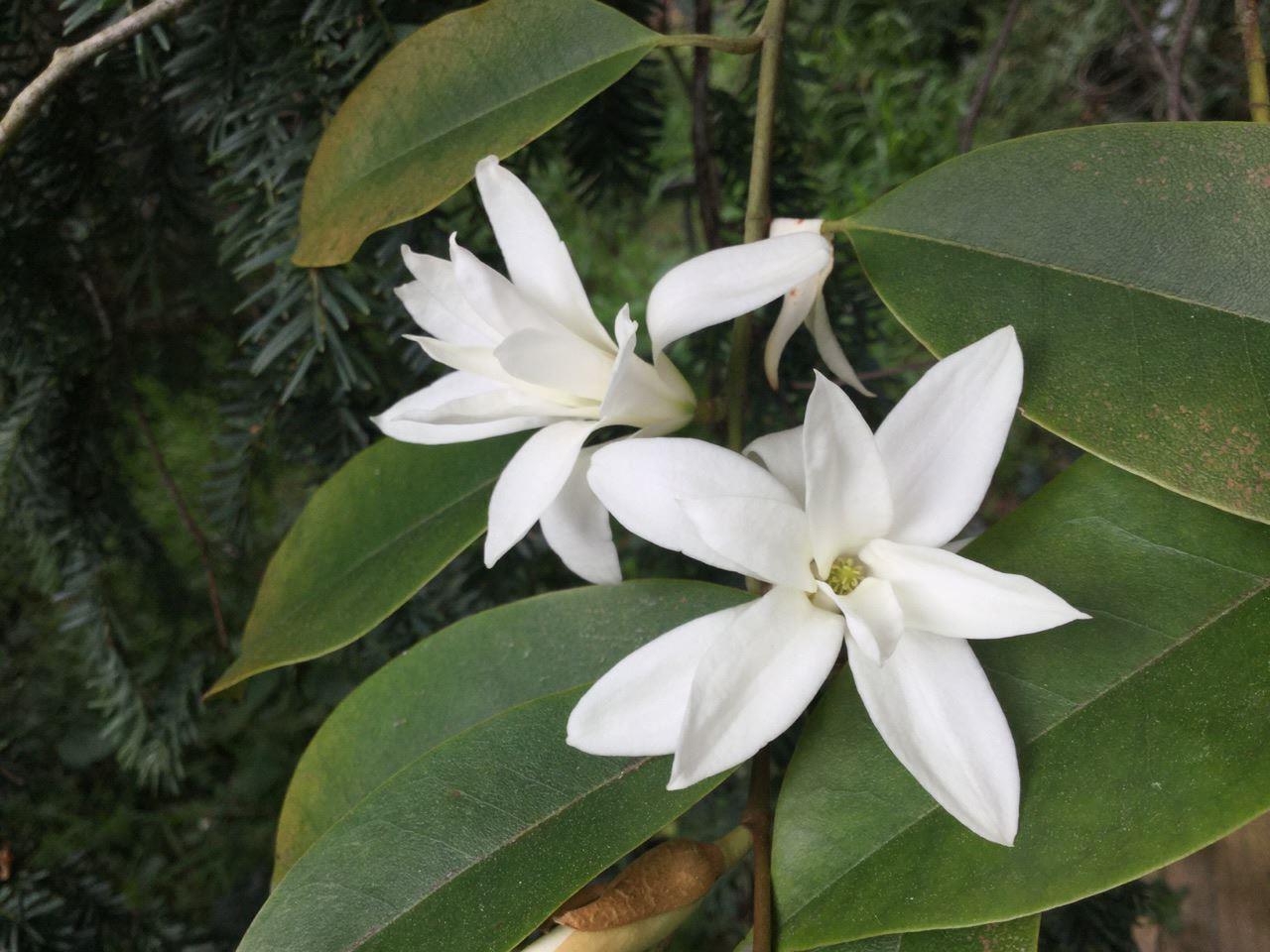
Curator’s Corner – Magnolia floribunda
This species of Magnolia is not commonly found in cultivation, and it can be distinguished from other magnolias by its unique tepals.
Profile
Scientific name: Magnolia floribunda
Family: Magnoliaceae
Plant type: Evergreen flowering tree
Environment: Sun to light shade with well-drained soil
Bloom: White narrow tepals with creamy yellow stamens
Location: San Francisco Botanical Garden — Temperate Asia 20
Uses: Specimen tree
It is the beginning of a new year, which means that it is also the beginning of a new magnolia season at the Gardens of Golden Gate Park. Whether you find yourself meandering through the Japanese Tea Garden, relaxing in San Francisco Botanical Garden, or exploring the Conservatory of Flowers, you can be sure to find beautiful, often fragrant magnolia flowers blooming just about everywhere you turn.
Magnolia season lasts from January through the end of March, and there is no better place to bask in the beauty of these ancient flowering trees than at the Gardens of Golden Gate Park. The San Francisco Botanical Garden alone harbors over 200 Magnolias representing over 100 types from around the world, many of which are rare and historic.
The main subject of this Curator’s Corner is a Magnolia species found at the Botanical Garden, Magnolia floribunda. Like many Magnolia species, Magnolia floribunda is native to Southeast Asia and can be found in countries such as China, Thailand, Vietnam, Laos, and Myanmar. Magnolia floribunda grows in moist, high elevation (1,000+ meters), montane forests. In the wild these trees can reach heights of over 20 meters.
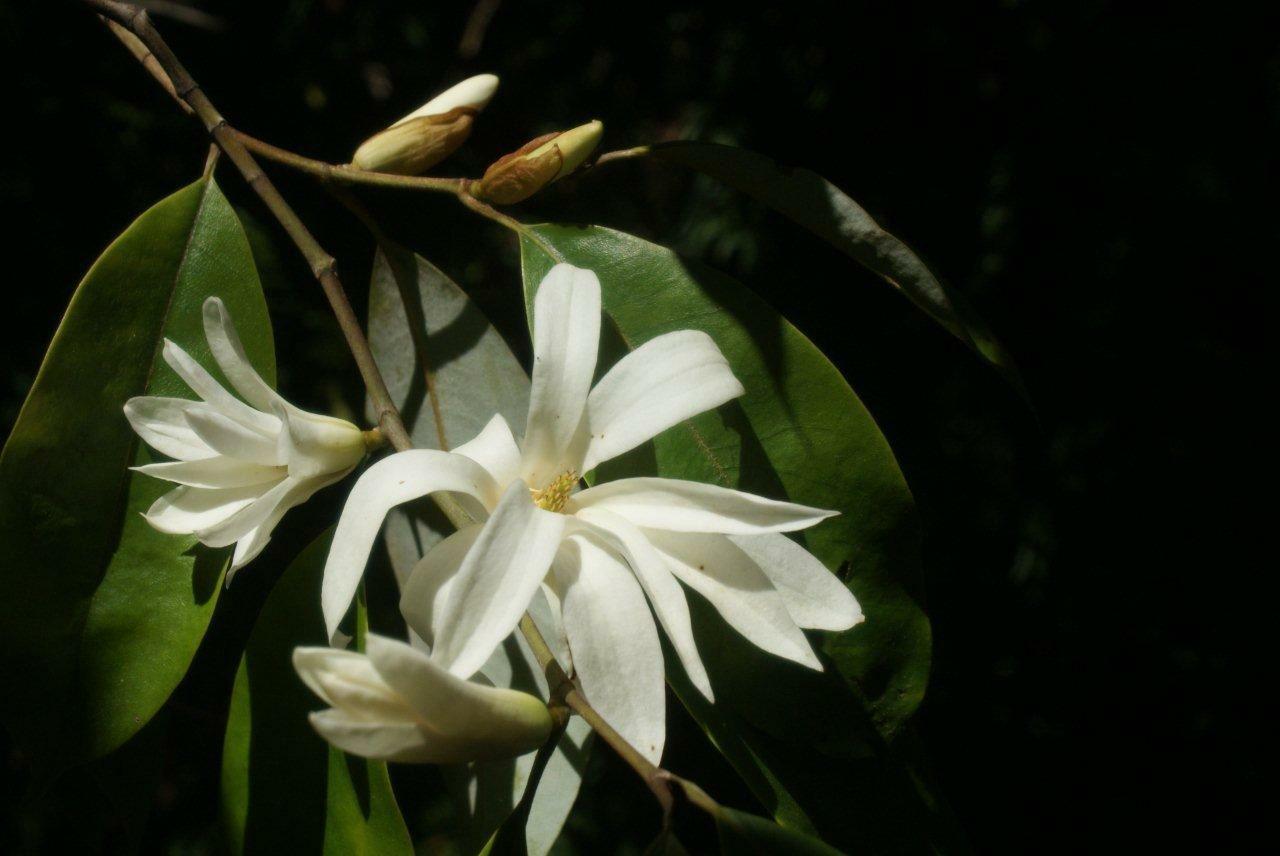
Magnolia floribunda flowers are white and fragrant, with creamy yellow stamens and tepals far more narrow than is typical among other magnolias.
This species of Magnolia is not commonly found in cultivation, and it can be distinguished from other magnolias by its unique tepals. The flowers of many other plant groups possess both sepals, which are leafy structures around the bud of the flower, and petals, which are colorful modified leaves around the flower’s reproductive system. Tepals, however, occur when a flower’s sepals and petals possess no meaningful distinctions, and they are ubiquitous among all Magnolia species.
Magnolia trees are known for their distinctive, often fragrant flowers, featuring large, velvety tepals ranging in color from pink and white to yellow and green. Magnolia floribunda flowers are white and fragrant, with creamy yellow stamens and tepals far more narrow than is typical among other magnolias. These tepals possess a particularly delicate appearance and grant Magnolia floribunda an entrancing ephemerality.
From now through March, there will be no shortage of opportunities to enjoy the magnolia trees across the Gardens of Golden Gate Park. For the entire month of February, San Francisco Botanical Garden is offering Magnolia Curator Tours to showcase our collection, and tickets to these tours are currently available online. Whether by curated tour or solitary stroll, make sure that you don’t miss seeing these trees in bloom for yourself. They are a stunning display of nature’s beauty.
Text by Ethan Rappeport, photos from Tory Stewart and Sarah Sawtelle
